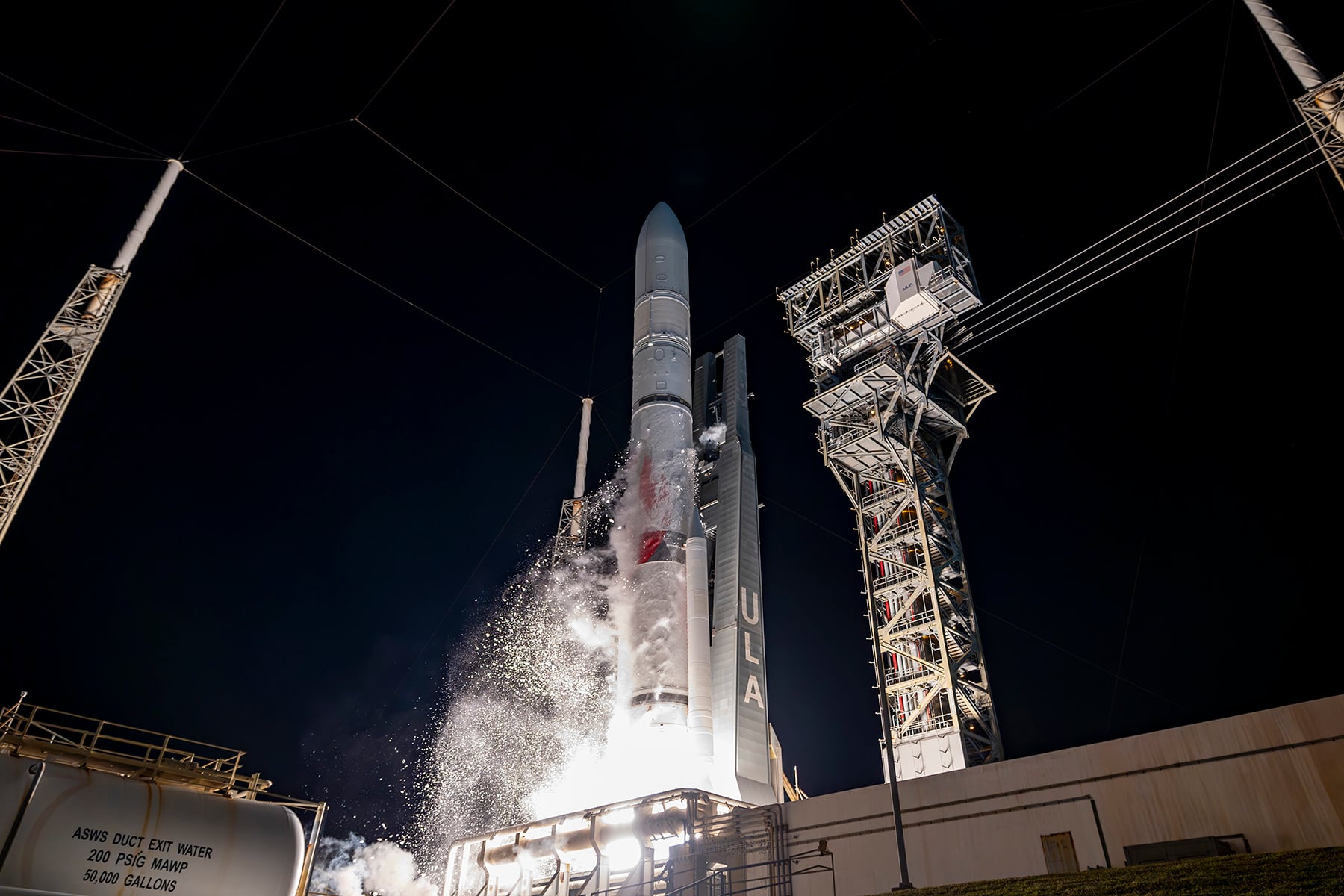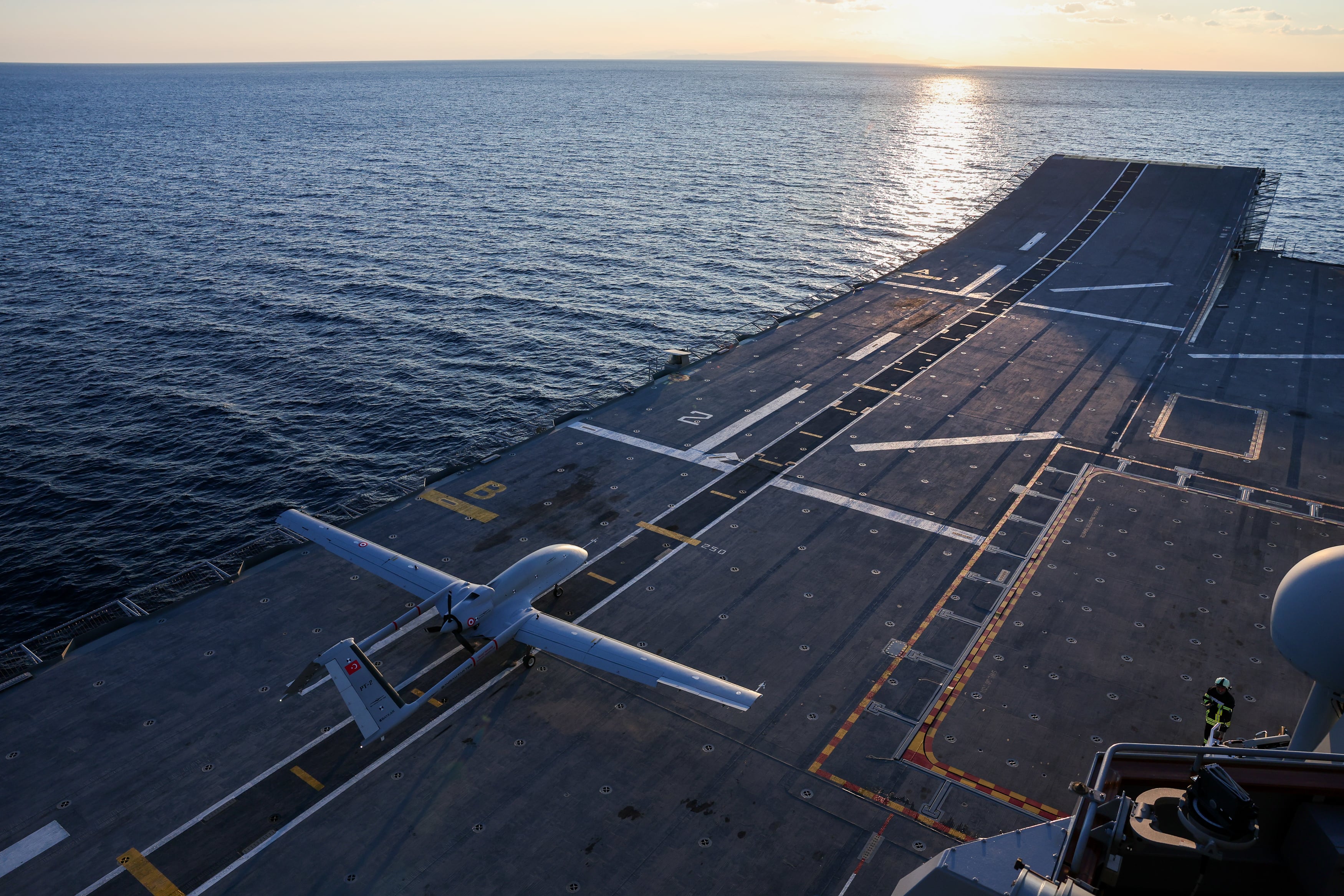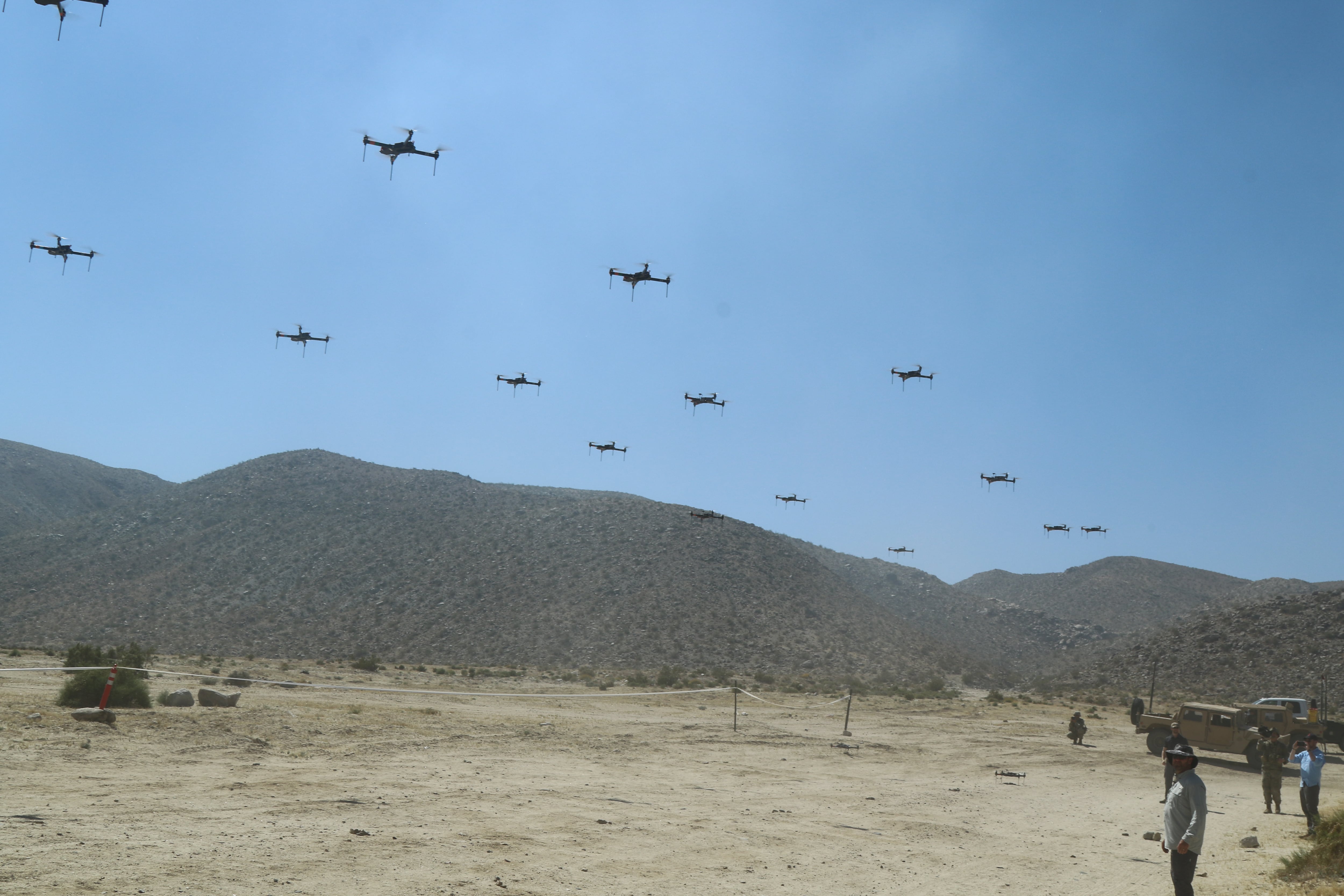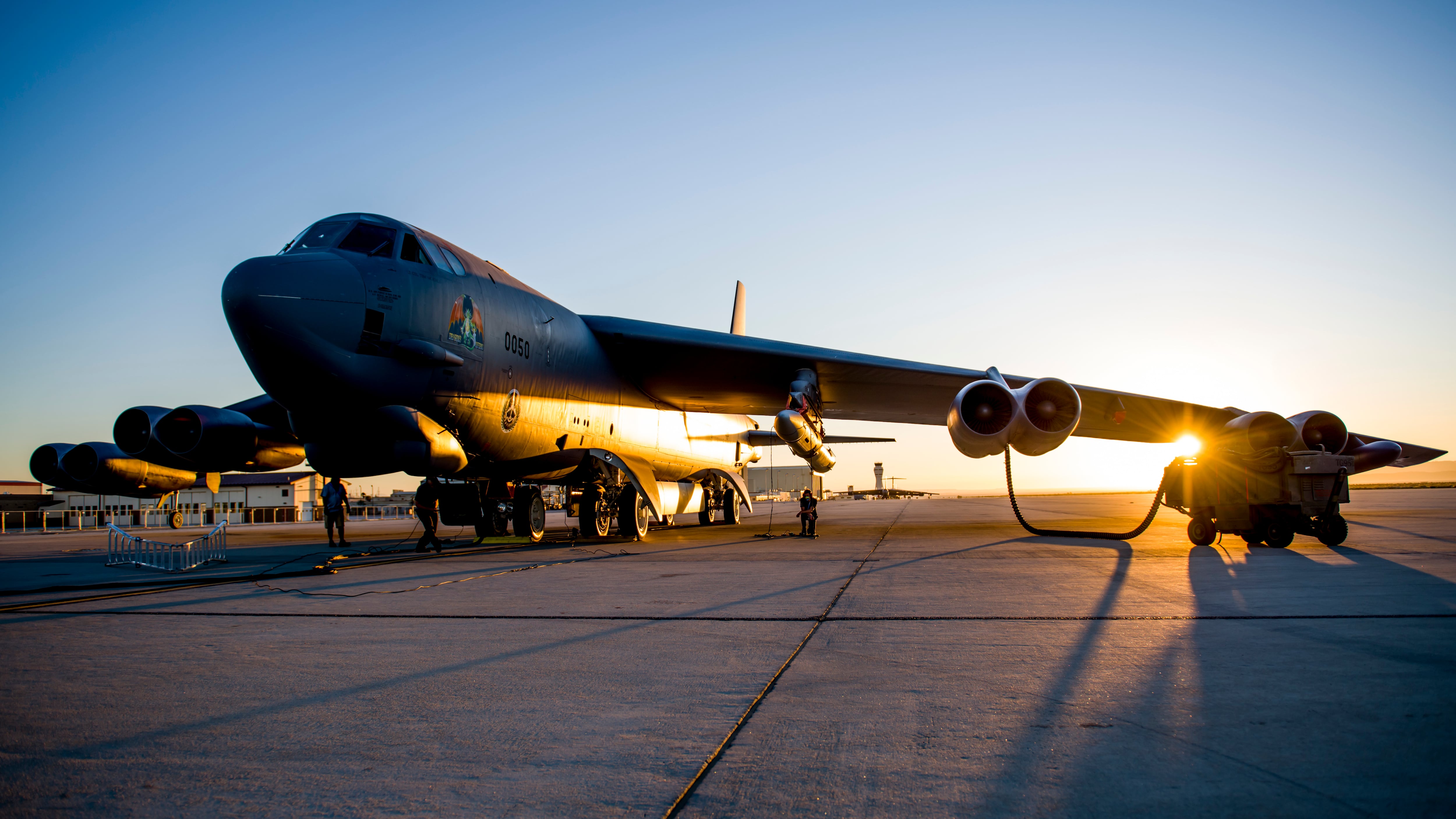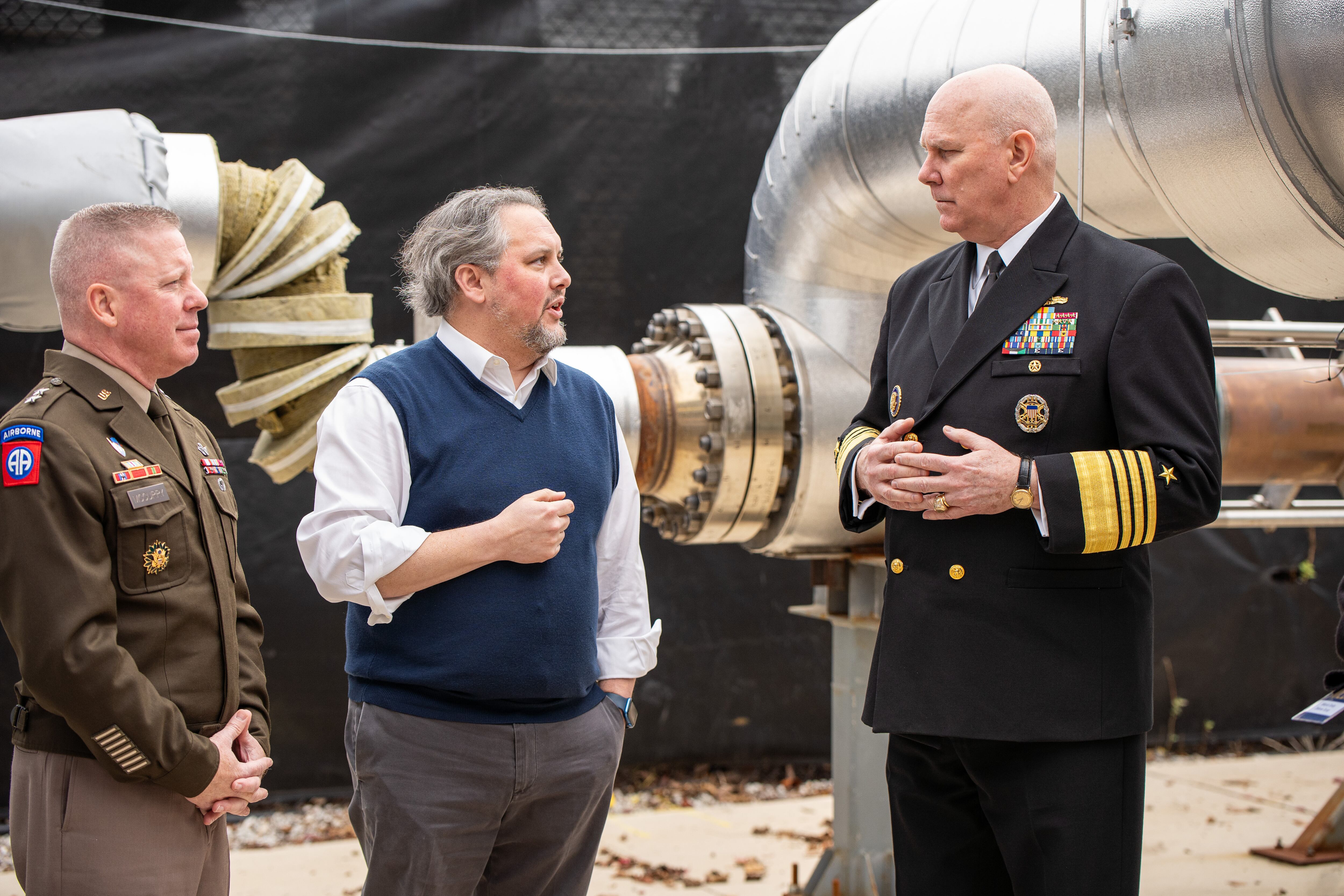AMMAN, Jordan — Several companies in attendance at the Special Operations Forces Exposition last week didn’t bring missiles, rockets, helicopters or drones, but rather laptops or other devices with software designed to make sense of the huge amount of data and intelligence flowing in for counterterror operations in the Middle East.
The fight against terrorism has become more complicated in a data-rich and data-dependent, international stage. Terrorists have adeptly used avenues through social media to spread philosophy and recruit members while engaging in campaigns of misinformation to influence communities.
The United States and its allies admit they haven’t caught up to waging war against campaigns of misinformation fought through social media because of the difficulty involved in keeping track of the online activity.
At the Middle East Special Operations Commanders Conference, an Iraqi commander recounted the struggles of going up against the Islamic State group as the country fought to take back Mosul from the militant organization.
ISIS was effective at hiding among the population, essentially forcing families to give up their homes as safe havens and serve as human shields, making precision airstrike targeting difficult for coalition forces fighting the militants. Some ISIS members used children as shields when moving about the city and dressed as women to avoid detection.
Insight into the adversary
Even though terrorist organizations are skilled in campaigns of misinformation, Raytheon’s Multimedia Monitoring System, or M3S, is touted as one way to fight back.
The company showed off the distributed and scalable monitoring tool at SOFEX. The M3S provides analysis of foreign language broadcast media, websites and social media. It is essentially a set of very organized, intelligent eyes and ears.
It can take information flowing from Facebook, Twitter or other social media as well as what is broadcast on local TV news and translate a foreign language into English and pinpoint content of interest.
“Tools like this are invaluable to the special operations community, particularly when it comes to targeting adversaries, particularly in a terrorism kind of environment that you face in the world today,” said Tom Goodman, director of Raytheon’s international cyber business. “They hide among the population, they hide in plain sight. … And they co-opt and sometimes coerce the population into collaborating with them.”
Tools like the M3S “are invaluable to the targeteers, as they are looking to get precision strikes in. No one wants to see collateral damage,” he said.
“So tools like this and being able to see what may look like a signature on a building from the air, if you can marry it up with contextual analysis from managing and monitoring what is going on in the broadcast media and other types of intelligence sources, that gives you a clearly better refinement of your targeting capabilities and not only minimizes that damage,” Goodman added. “It also ensures that you send a message clearly to the adversary that it doesn’t matter where you go, doesn’t matter what you do; we will find you, we will hunt you down and take care of you.”
The system can bring context and clarity to the plethora of information flowing through. “There is a lot of information that can be understood as it links to not only the context of the messaging that comes across media outlets but also who’s listening, what are the trends,” he said, “the following of what is being tweeted, retweeted, things like that.”
The system allows analysts to be able to monitor terrorist propaganda and the communities being targeted, as well as provide insight into an organization’s behaviors and what it might be planning.
This capability is particularly important as ISIS moves through North Africa, Southeast Asia and Afghanistan following its defeat in Iraq.
The M3S “is very good at separating the bad messaging from the good messaging, and it gives you the ability to be able to say, ‘No, here’s the reality, here’s what actually happened,’ and you can get ahead of that messaging that much faster, and so that is very critical,” Goodman said.
While the M3S is not a new system, it continues to improve alongside advancements in artificial intelligence, which continues to refine its ability to translate a variety of languages.
“There is a tremendous amount of intelligence that is built into this platform,” he said. “Not only is it looking for the keywords and able to do the translation not only in Arabic, for example, but the various dialects in Arabic and understanding the context, understanding the inflections and variation of words. It looks at how messages are being conveyed, the construct of certain words within a sentence and sentences leading up to it that gives you some insight into the intent of what is said.”
The system is also able to translate languages from Southeast Asia, Europe, South America and Africa, even breaking it down to tribal dialects.
Patterns of life
Massing the multitude of intelligence, surveillance and reconnaissance data from airborne sensors continues to be a challenge, particularly in saving that data for the long term in a digestible manner.
General Atomics — best known for being the manufacturer of the famed Predator, Reaper and Gray Eagle unmanned aircraft systems — created a product now used by customers in the United States called the System for Tactical, Archival, Retrieval, and Exploitation, or STARE.
It’s software that runs on a computer with very large storage drives, which customers use to store ISR data, archiving it in ways that make it easy to later retrieve and exploit.
“It’s not just for General Atomics data. It doesn’t matter if it’s a King Air or a FLIR camera,” Jim Thomson, company regional vice president of international strategic development in the Middle East, North Africa and the Americas, told Defense News at SOFEX. “As long as it’s a common format ... it can all be stored in the STARE server.”
The system enables the customer to put all of its data into one storage device and call up information. For example, a user can pull up imagery of a certain area over the past six months to see if there are any changes, or the user can look for “patterns of life,” Thomson explained.
The company has conducted demonstrations in the Middle East, including for Jordan, the United Arab Emirates, Saudi Arabia, Morocco and Egypt, Thomson said.
“It’s a capability that our competitors don’t have,” he said. “You buy a system from a competitor, that video comes down off an airplane, and what do you do with it? Maybe you look at it that day. A week from now, do you still have access to that data? Probably not.”
The ability to examine patterns of life in a place like Mosul as the coalition forces worked to drive out ISIS was crucial to keeping collateral damage to a minimum and to hone in on appropriate strikes.
“It’s about really understanding who the enemy is and it’s not about taking out one bad guy ― you want to know where he is going, who his leader is and who his leader’s leader is.”
Jen Judson is an award-winning journalist covering land warfare for Defense News. She has also worked for Politico and Inside Defense. She holds a Master of Science degree in journalism from Boston University and a Bachelor of Arts degree from Kenyon College.

